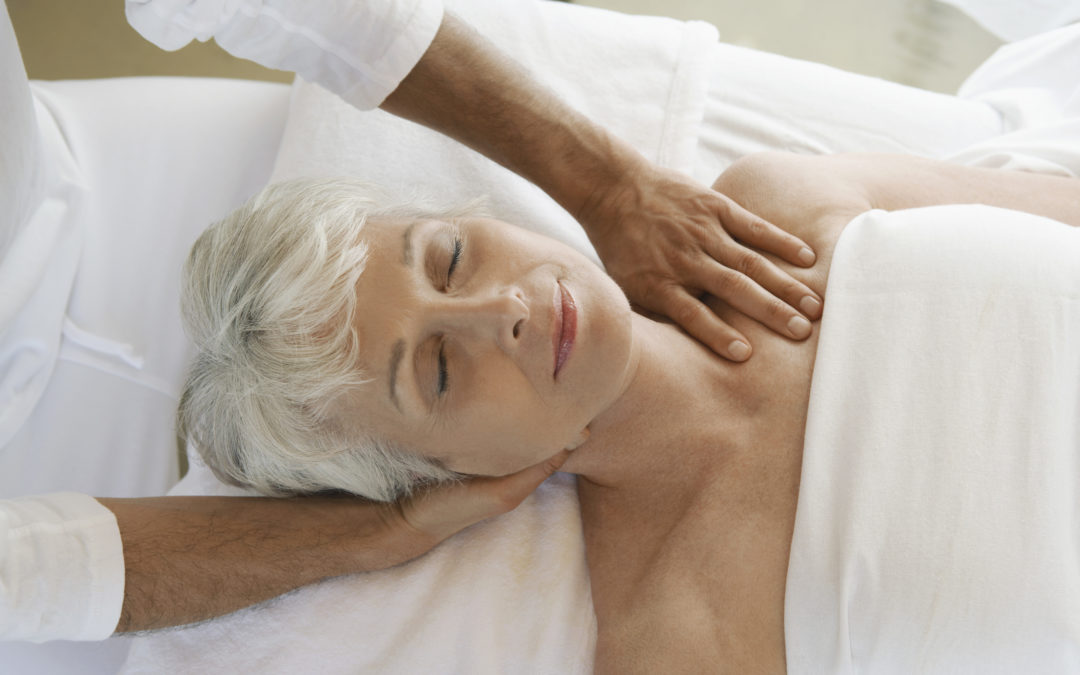
8 Pain Management Techniques That Help You Stay Active
Although pain is the body’s early warning system, increasingly, health care professionals are recognizing that pain also limits a person’s ability to function. It can interfere with mood and sleep, and the ability to move, concentrate and heal. Longer hospital stays and recovery times have been linked to unmanaged pain.
In short, chronic pain is neither a normal part of life that anyone should have to tolerate, nor a normal part of aging that should just be accepted.
Health professionals are also learning that how we experience pain affects our ability to tolerate it. Individuals who are fearful, anxious or depressed have a lower tolerance for pain and are more debilitated by it. Consequently, pain management techniques must also address the emotional component.
Below are the eight most common methods for treating chronic pain.
1. Physical Therapy
Research shows that moderate exercise can reduce pain and vice versa – less pain allows for more exercise. Physical therapists teach patients how to engage in this virtuous cycle by moving safely and functionally, and building strength through therapeutic exercise.
2. Heat and Cold
Cold therapy reduces painful swelling and numbs the affected area of the body. It is usually used early after the onset of pain. Heat is generally applied after that because it helps muscles relax, promotes blood circulation and eliminate lactic acid buildup. Blood flow and lactic acid removal speed healing and reduce pain.
3. Relaxation Techniques
Meditation, deep breathing, relaxation imagery, bio-feedback, self-hypnosis and other related techniques calm the mind and reduce stress, both of which have been found to alleviate the experience of pain. Additionally, relaxation slows body functions, including the transmission of pain.
4. Massage
Clinical studies like this one have found massage therapy provides significant relief from pain. Massage relaxes painful muscles and related structures and diverts the body’s attention away from pain in a process called “gate control.”
5. Ultrasound and TENS
Ultrasound uses high frequency sound waves to stimulate blood flow to muscles while relaxing them. TENS – transcutaneous electrical nerve stimulation – innervates offending nerves until they are exhausted, reducing their ability to transmit pain.
6. Acupuncture
The ancient Eastern art of acupuncture has long been recognized as beneficial to those suffering from chronic pain. It’s still a mystery why acupuncture is an effective pain reliever but it is thought to stimulate the body’s own pain fighting mechanisms. It is also generally performed in a quiet, relaxing atmosphere that has some of the same effects as other relaxation techniques.
7. Mental Health Support
Psychologists, psychiatrists, social workers and other mental health practitioners can provide counseling to individuals feeling stressed and depressed in connection with their pain. Among the techniques they may use are keeping a pain diary, envisioning a pain-free existence, and addressing other issues that weigh on patients’ mental health.
8. Drugs
Useful for short-term relief but a last resort for chronic pain, analgesics like ibuprofen (Motrin, Advil), acetaminophen (Tylenol), naproxen (Naprosyn, Aleve) and aspirin can help calm pain. Steroids may be prescribed by a doctor to alleviate inflammation that causes pain and antidepressants can improve mood and aid sleep.
These eight strategies generally work best in combination, because pain has many causes and pathways. Freeing a body from debilitating pain promotes physical, mental and emotional well-being.
Nye Health Services offers six campus locations in Eastern Nebraska and one in Wyoming, structured to meet the needs of their residents from independent living to skilled nursing and memory care. A family-owned company with a rich history of connecting with the people they serve, Nye Health Services is open for visits anytime. Call 402.753.1400 to schedule an appointment at locations in Fremont, Lincoln, South Sioux City, Norfolk, or Jackson Hole, or visit https://nyehealthservices.com/ for more information.



